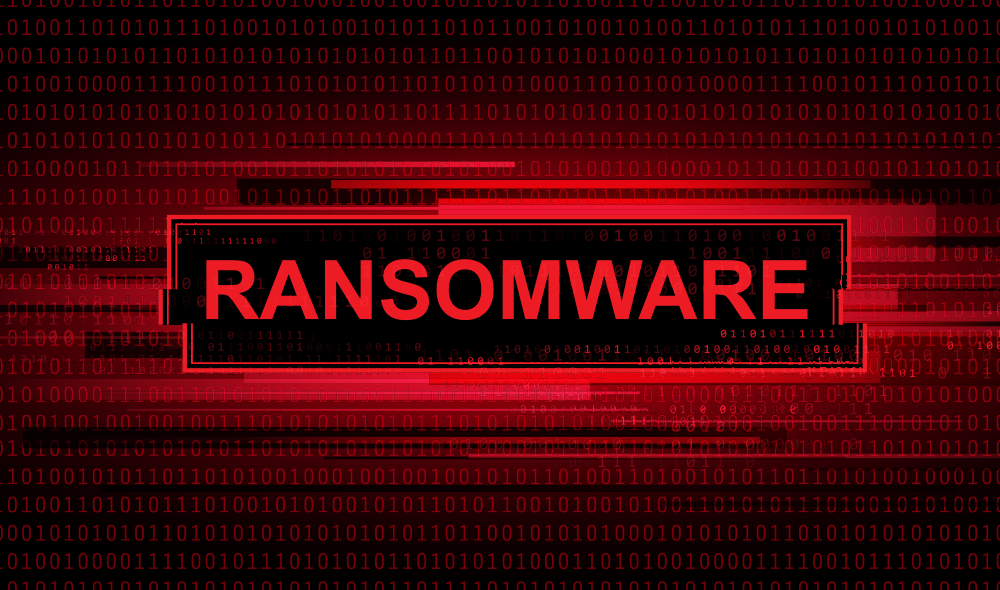In today’s digital landscape, ransomware remains a prevalent and alarming threat, particularly in its encrypting form. This type of malware locks users out of their data and demands a ransom for access, leaving individuals and organizations in precarious situations. This article delves into the nature of encrypting ransomware, its consequences, and proactive measures to safeguard against such attacks.
What is Encrypting Ransomware?
Encrypting ransomware is a malicious software that encrypts files on a victim’s device or network, preventing access to essential data. Attackers typically demand a ransom, often in cryptocurrencies like Bitcoin, to provide a decryption key. The ransom amount can vary widely, and victims frequently face a dilemma: should they pay the ransom, risking further exploitation, or seek alternative recovery methods?
The Mechanism Behind Encrypting Ransomware
The operation of encrypting ransomware generally involves several steps:
- Initial Infection: Ransomware often infiltrates systems through phishing emails, malicious software downloads, or exploiting vulnerabilities in applications. Once a user inadvertently triggers the malicious code, the attack commences.
- Data Encryption: After gaining access, the ransomware scans the system for target file types—such as documents, spreadsheets, and images—and encrypts them using sophisticated encryption algorithms. This can happen swiftly, often within minutes.
- Ransom Demand: Following the encryption process, the victim receives a ransom note outlining the payment required for decryption. This note frequently contains threats regarding the deletion of files if the ransom is not paid by a specified deadline.
Consequences of Encrypting Ransomware Attacks
The repercussions of encrypting ransomware can be dire, impacting individuals and organizations in numerous ways:
1. Data Inaccessibility
For individuals and businesses, the immediate consequence of encrypting ransomware is the inability to access critical files. Without proper backups, victims may face permanent data loss.
2. Financial Implications
Paying the ransom does not guarantee data recovery. Many victims find themselves further victimized, receiving no decryption key or being asked for additional payments. Organizations also incur substantial financial burdens, including recovery costs, legal fees, and losses due to operational downtime.
3. Reputational Harm
Organizations that succumb to ransomware attacks can experience severe damage to their reputation. Clients and stakeholders may lose confidence in a company that fails to protect sensitive data, jeopardizing future business prospects.
4. Operational Interruptions
Ransomware attacks can significantly disrupt business operations, as employees may be unable to access vital information. This leads to decreased productivity and potential revenue losses.
Strategies to Prevent Encrypting Ransomware Attacks
While the threat of encrypting ransomware is formidable, there are effective measures that individuals and organizations can take to mitigate risks:
1. Robust Backup Solutions
A comprehensive backup strategy is critical to minimizing the impact of ransomware. Regularly back up essential data to secure cloud storage or offline devices. Ensure backups are not connected to the primary network to safeguard them from potential attacks.
2. Employee Training and Awareness
Conduct training sessions to educate employees about the risks associated with ransomware, emphasizing the importance of recognizing phishing attempts and avoiding questionable downloads. An informed workforce is less likely to fall victim to such attacks.
3. Maintain Updated Software
Keeping all software, including operating systems and applications, up to date is crucial. Regular updates often contain security patches that close vulnerabilities exploited by ransomware.
4. Implement Comprehensive Security Solutions
Employ robust cybersecurity measures, such as firewalls, antivirus software, and intrusion detection systems. These tools can help detect and neutralize ransomware before it can inflict significant damage.
5. Network Segmentation and Access Controls
Segmenting networks can limit the spread of ransomware. By isolating critical systems and sensitive information, organizations can contain potential infections and reduce their impact.
Conclusion
Encrypting ransomware is a serious threat that can have devastating consequences for both individuals and organizations. Understanding how this malware operates and recognizing its potential impact are essential for developing effective prevention strategies. By implementing proactive measures, such as robust data backups, employee education, and comprehensive cybersecurity solutions, individuals and organizations can significantly reduce their risk of falling victim to encrypting ransomware. Preparedness and vigilance are crucial in navigating the complexities of the evolving cyber threat landscape.








